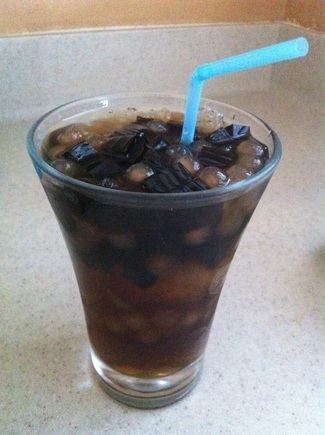Alternative names Guinomis Serving temperature Cold | Main ingredients Agar Main ingredient Agar | |
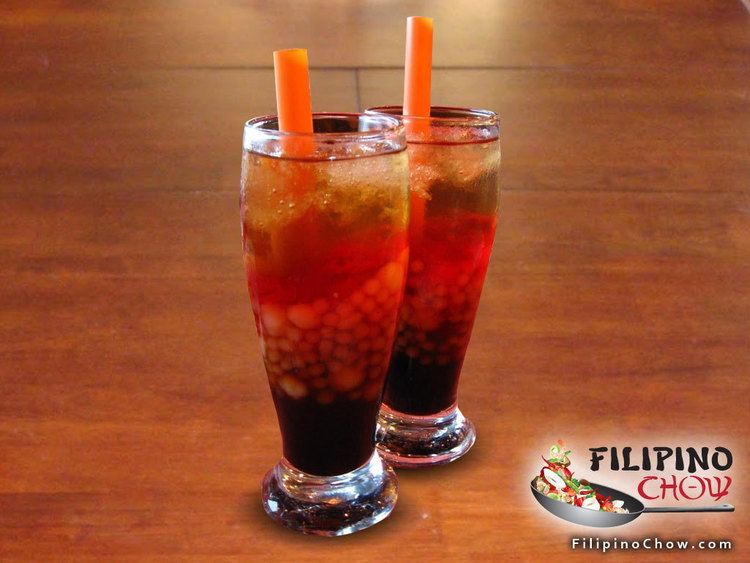 | ||
Similar Halo‑halo, Buko pie, Sago, Ube halaya, Pancit | ||
How to make simple filipino gulaman easy gelatin recipe
Gulaman, in Philippine cuisine, refers to the bars of dried seaweed used to make jellies or flan, as well as the desserts made from it. Agarose or agar is made of processed seaweed, mostly from Gelidium corneum—one of the most common edible alga, dehydrated and formed into foot-long dry bars which are either plain or coloured.
Contents
- How to make simple filipino gulaman easy gelatin recipe
- Cheesy buko sago gulaman salad easy recipe
- Differences between gelatine and gulaman
- References
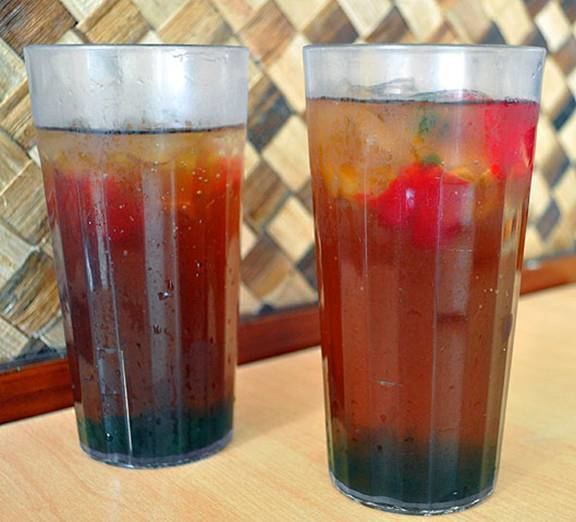
The gulaman jelly bars are used in the various Filipino refreshments or desserts such as sago at gulaman (or gulaman at sago, commonly shortened to sago't gulaman), buko pandan, agar flan, halo-halo, different varieties of Filipino fruit salads, black gulaman, and red gulaman.
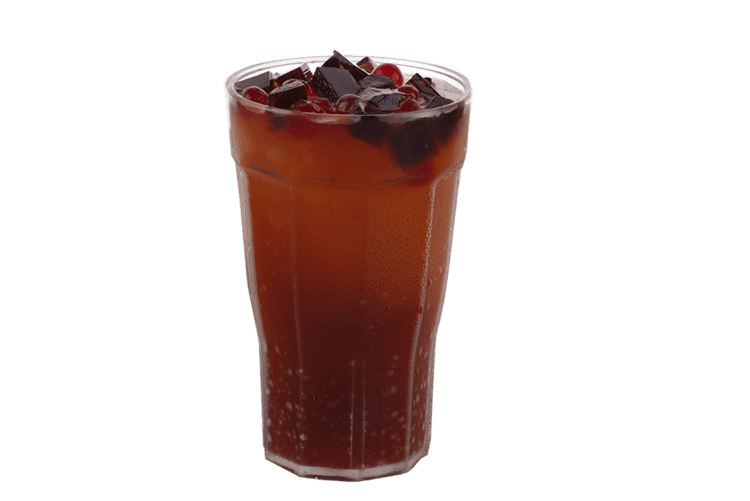
Aside from the gulaman jelly bars, gulaman also comes in jelly powder form.
It has also come to refer to the refreshment or dessert, sometimes referred to as samalamig or sago't gulaman, sold at roadside stalls and vendors. This drink consists of gulaman cubes and/or sago or tapioca pearls suspended in milk, fruit juice or brown-sugar water flavored with pandan leaves.
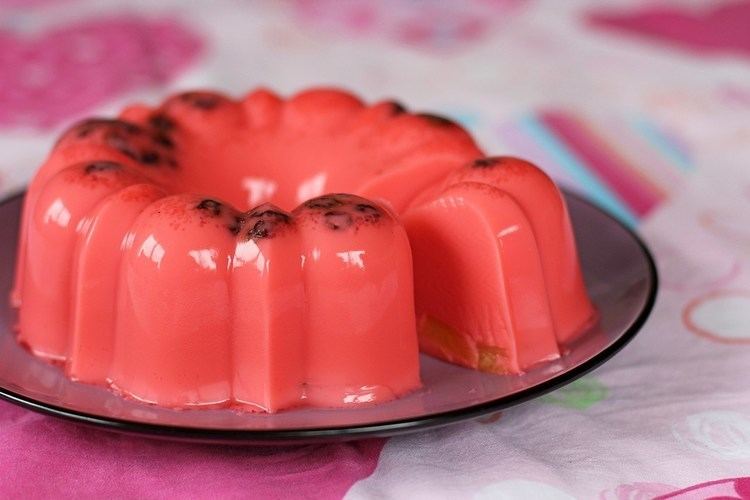
It is also sold commercially as Pearl Shakes.
Cheesy buko sago gulaman salad easy recipe
Differences between gelatine and gulaman
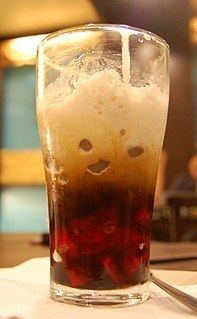
The term gelatine and gulaman are used synonymously in the Philippines, although they are very different products. While gelatine is a protein, gulaman is a plant-derived carbohydrate, made from seaweed. This distinction makes gulaman suitable for those who may not eat gelatine for religious or cultural reasons, such as Muslims.
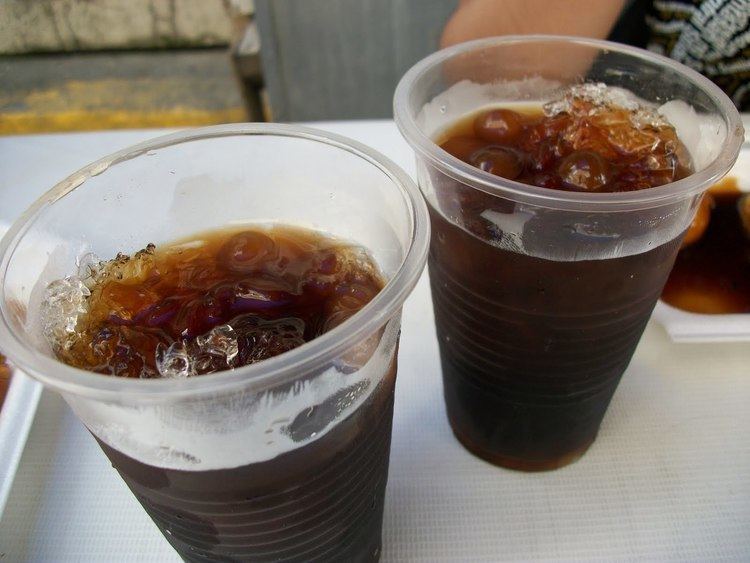
Gelatine dissolves in hot water but boiling water is necessary to dissolve gulaman. Unlike gelatine which sets at refrigerator temperature, gulaman sets at room temperature. While gelatine can melt at room temperature, it is uniquely thermo-reversible to its previous shape and form.
When used in desserts, gulaman produces a firm-textured product.
